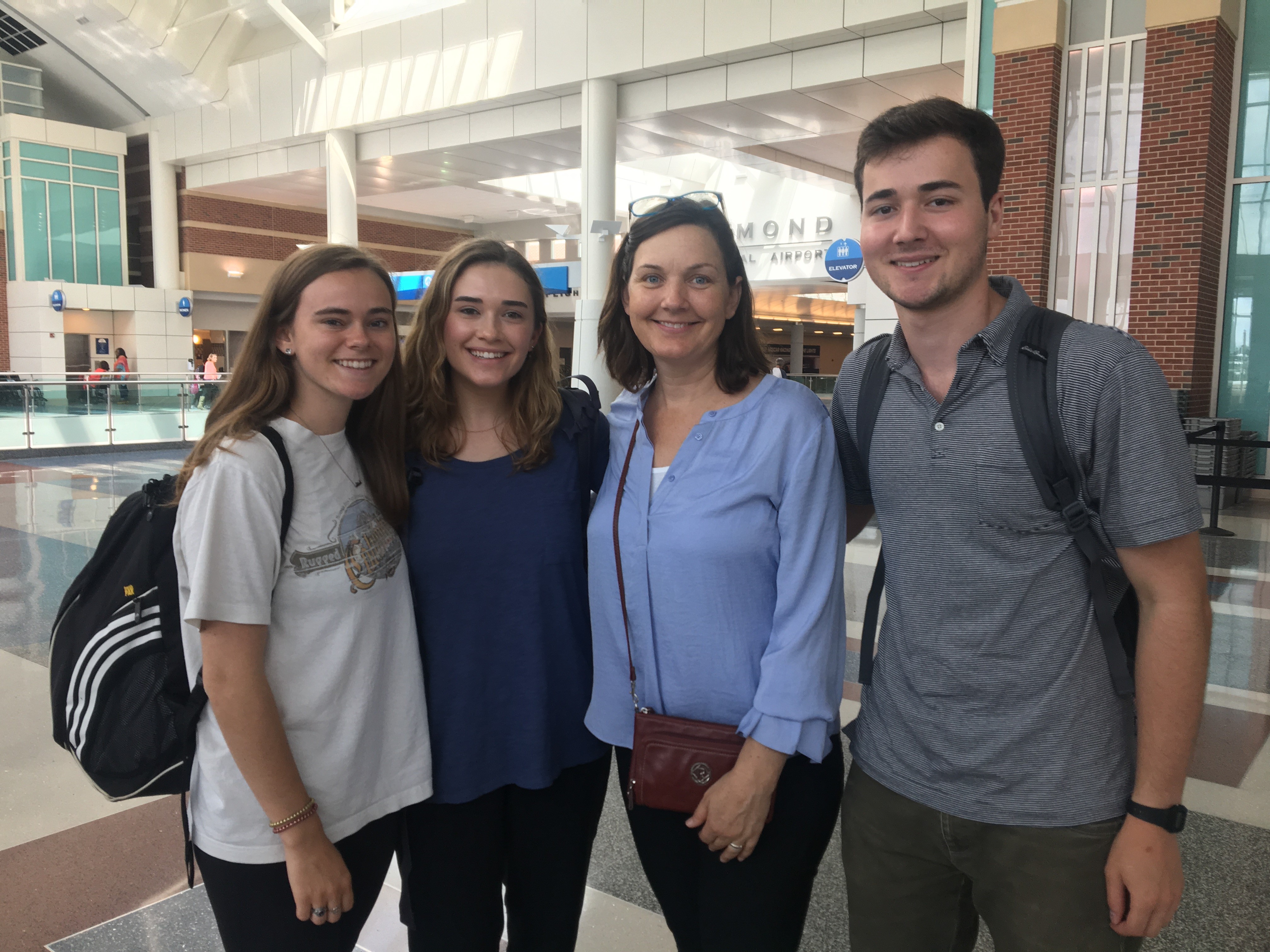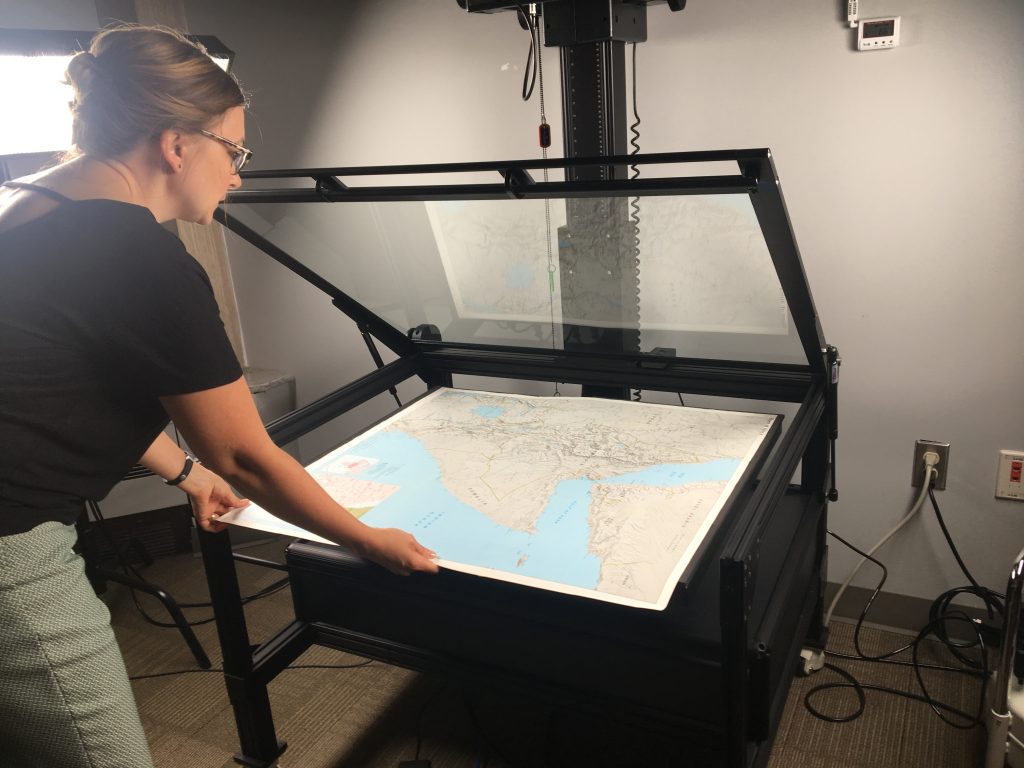June 18, 2018
By Griffin Walsh ’20
A few weeks ago I was bit by a tick in Pennsylvania. After arriving in Kenya, I began to develop a rash on the exact spot where I had been bitten so I began to suspect Lyme disease. We decided I should go visit a doctor to confirm that I did not have the disease, which comes with a whole host of nasty side effects. I think its always essential to sample the local healthcare when travelling abroad. Dr Joireman and I decided to head to Nairobi Hospital to go meet with a doctor. After filling out the required paperwork we waited for about two hours to see a doctor. Finally, we were admitted and spoke to the doctor. Unfortunately, Lyme disease does not exist in East Africa so the doctor had never seen a case regarding the specific disease. He told us he had only read about it in textbooks. The doctor was very knowledgeable and friendly. He prescribed me some medication that worked both as an antibiotic and anti-malarial, which killed two birds with one stone. An interesting aspect about the visit was the doctor used his iphone as an examination light. After he had written the prescription we chatted for about ten minutes about our lives and how he had worked abroad in the United States. He lamented that he enjoyed the United States but the work environment was very sterile and impersonal. He much preferred the familial and personal relationship based system that exists in Kenya. We agreed that it was much better to have those personal connections, even if it meant waiting a bit longer in the waiting room. Another thing that surprised us about the hospital visit was how cheap it was compared to United States standards. The whole experience including prescribed medicine was less than thirty dollars, without insurance. This experience gave us an opportunity to see a part of the healthcare system in Kenya.
Yesterday we had our first day in the office at the National Land Commission. We received a very warm welcome when we arrived from the whole staff and spent some time getting to know our colleagues who we will be working with for the next month. They showed us our office spaces where we would be working. After these introductions we went to the conference room for a press conference. The various employees and commissioners at the National Land Commission introduced themselves to the media and to the people present. There were several reporters and TV cameras present at this meeting. Dr Joireman, Dr Boone, and Professor Browne all spoke about the project. The commissioner then gave a small speech and ceremoniously handed each collaborator on the project a set of the Kenyan constitution and a book on Kenya land policy. After this meeting we went to the Fairview Hotel for lunch and spent some more time getting to know our colleagues. We were also finally able to look at the Kenyan settlement schemes on the hard drive we were given. There are over a thousand files so it will take some time to go through them but we are excited to finally start working on the project using the maps. Our colleagues at the National Land Commission have been very gracious in providing us excellent spaces to work and we feel very welcome in Kenya.

